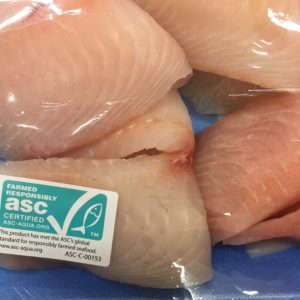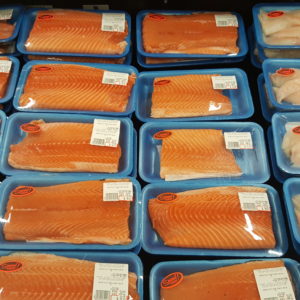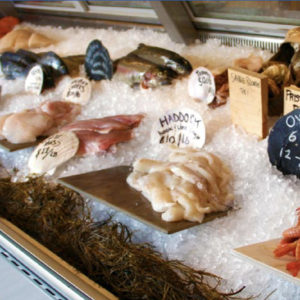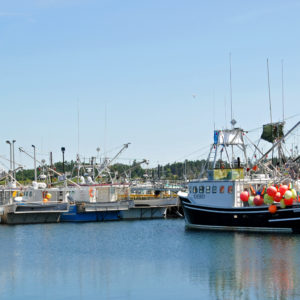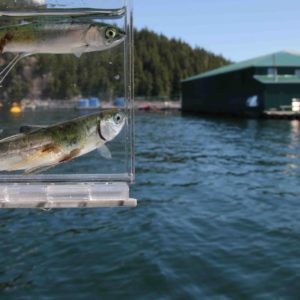ASC global review
The Aquaculture Stewardship Council’s (ASC) “responsibly farmed” eco-label is considered the gold Standard of farmed seafood eco-certifications. But our review of ASC certified salmon farms around the world reveals only a small proportion of farms follow the eco-label’s stipulated criteria, yet they are still being certified.
The ASC species Standards are said to define global best practices for managing environmental and social impacts. Salmon has become the ASC’s top commodity in terms of the number of farms certified, by production volume and presumably by value. Our review looks at every audit filed for each of the 257 certified salmon farms from the first farm certified in 2014 through March 15, 2018. It examines both the conformance of farms with the Salmon Standard and aspects of farm performance based in part on data external to the audits. Finally, it examines changes being made to the Salmon Standard and assesses the impact of those changes.
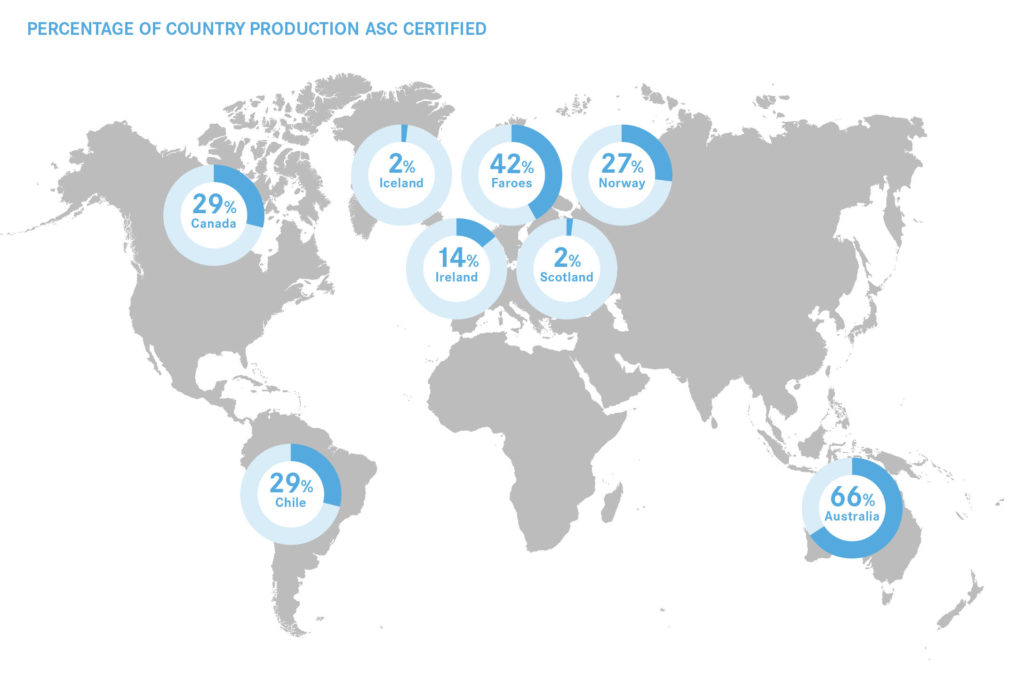
The summary report, Global Review of the Aquaculture Stewardship Council’s Salmon Standard, is supported by a Technical Report, which also includes ASC’s response to our findings. You can also download regional summaries for Australia, Canada, Chile, Faroes, Ireland, Norway and the UK (Scotland).
Key findings
The review finds that most ASC-certified salmon farms successfully meet several key environmental indicators of the Salmon Standard – including forage fish dependency ratios for fishmeal and fish oil, the parasiticide use limit, and limits on escapes, lethal incidents involving marine mammals, antibiotic use and viral disease mortality.
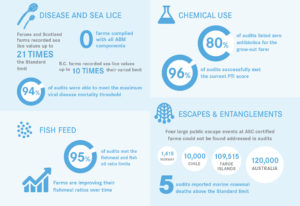
The review also finds, however, that farms are far less consistent in meeting several critical Standard requirements – including participating in an area-based management (ABM) scheme, on-farm sea lice counts and sea lice monitoring on wild salmon.
Furthermore, the Salmon Standard asserts that farms “must meet 100 per cent of the [Standard] requirements” in order to be certified but, in reality, this is not the case. This is a really impressive statement that instils trust in consumers interested in making environmentally responsible food choices. However, auditing processes – including non-conformities (where a farm fails to conform with a Standard requirement), variances (ASC approved alterations to the Standard) and interpretations (ASC clarifications on audit rules or the Standard) – mean that few certified farms follow the Standard as written. Additionally, the Standard itself is at risk from being weakened by operational reviews (changes to the Standard via a public consultation).
All together these realities are undermining the organisation’s theory of change by eroding the best practices codified in the Standard.
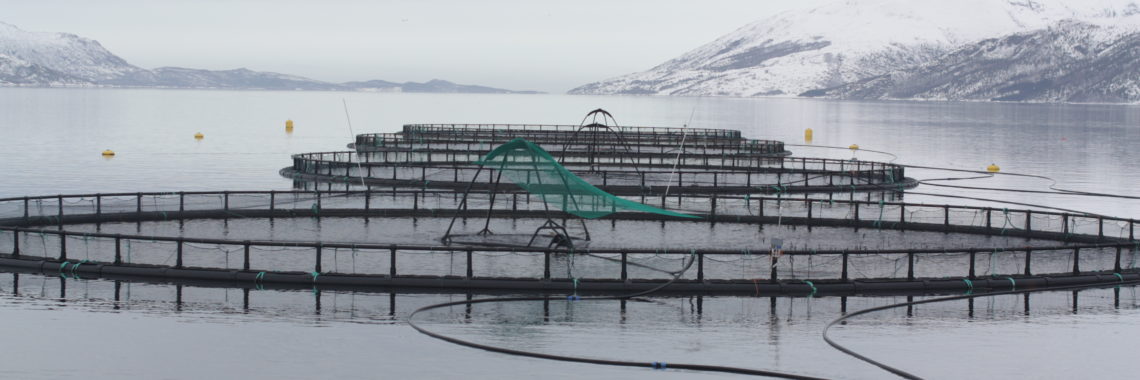
Recommendations
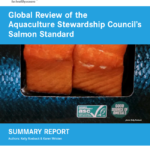
It is critical that eco-certifications are leading to genuine changes on the water and not simply rewarding business as usual. Otherwise, eco-certifications are at risk of losing credibility and consumer trust. SeaChoice calls on the ASC to immediately correct such amendments that weaken the Standard’s stated goal of best practice certification.
The following summary recommendations are offered to outline steps the ASC should take to reverse the erosion of the Salmon Standard and to improve confidence in its application. The complete recommendations are available here.
Auditing Processes
- Strengthen the Quality Assurance (QA) framework to ensure auditors are following guidelines appropriately.
- Clarify the application and consequence of non-conformities, as well as suspension, reinstatement and withdrawal of certification, to auditors.
Standard Compliance and Performance
- Revise the PTI (sea lice chemical treatments) operational review proposal to reflect actual global best practice and not remove potential lobster impacts from criteria.
- Consider further reductions to the Fishmeal and Fish Oil Forage Fish Dependency Ratios to reflect current best practice.
- Require further performance indicators be publicly reported, including escapes, parasiticide and antibiotic use.
- Develop an ABM approach to all Standards to address potential cumulative impacts.
Variance Requests and Interpretations
- Improve the variance request process and its application to incorporate expert and stakeholder input; ensure a variance’s scope is defined (e.g. applicable farm, area and dates) and eliminate variances that permanently change a Standard requirement.
- Ensure the interpretations platform is used for clarifications only. Rescind the following interpretations: that intermediary site are “out of scope” and the allowance for major non-conformities to remain open indefinitely.
Monitoring and Evaluation
- Demonstrate that ASC certification is leading to sustainability improvements using a data driven analysis.
Further Information on our MSC and ASC work
- Eco-certifications, Rankings and Claims
- Improving Eco-certifications
- What’s Behind the Label Report (including should consumers and retailers continue to buy eco-certified seafood?)
- Standard and Audit SeaChoice Submissions
- ASC Variances and Process
